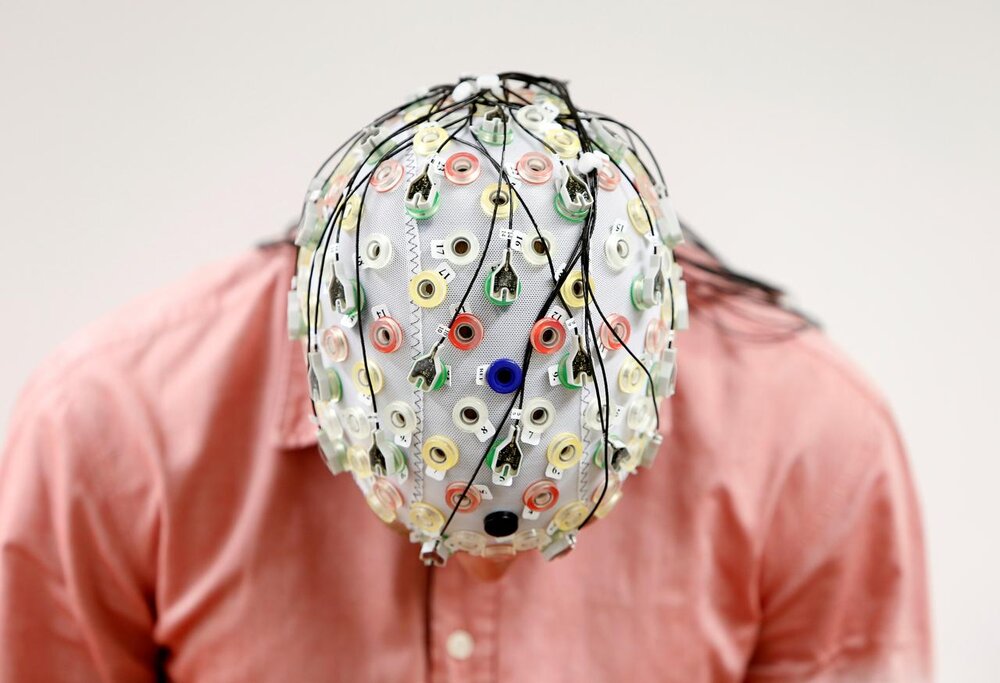Iranian researchers working on EBS to cure addiction, obesity

TEHRAN – Iranian researchers at Shahid Beheshti University's Institute for Cognitive and Brain Sciences are working on devices for electrical brain stimulation (EBS) in order to cure addiction and obesity, ISNA reported on Sunday.
EBS also referred to as focal brain stimulation (FBS), is a form of electrotherapy and technique used in research and clinical neurobiology to stimulate a neuron or neural network in the brain through the direct or indirect excitation of its cell membrane by using an electric current.
“The human brain has two main aspects of chemical and electrical. The drug treatment targets the chemical aspect of the brain for rehabilitation,” the faculty member of the institute Hamed Ekhtiari explained.
However, it is hoped to facilitate treatments for some diseases through focusing on the electrical aspect of the brain with some changes, he said.
Studies show that electrical brain stimulation is useful for the treatment of some diseases, he said, adding, “We are trying to develop this technology in Iran to cope with some diseases like addiction, depression, and convulsion.”
“We are now in the research stage and we hope that with development of cognitive technology and investment of research centers, we can manufacture devices to treat pains,” he explained.
Now, there are several devices related to electrical brain stimulation that is planned to be produced in Iran, he announced.
“In this project, we aim to stimulate some parts of the brain in order to develop personal control on habits. People suffering from obesity can control what they eat and addicted people become able to avoid using drugs.”
Investment in cognitive science comes after investment in biotechnology and nanotechnology, however, the change speed is considerable in this field, he said.
Moreover, cognitive studies deal with everyday problems of people like addiction, convulsion, and depression, he concluded.
How does EBS work?
According to sciencedirect.com, electrical brain stimulation can serve as a powerful reward. Rats actively seek out such stimulation, vigorously performing tasks such as lever pressing or alley running. This phenomenon of ‘brain stimulation reward’ (BSR) has been seen across the vertebrate phylum, in fish, reptiles, birds, and mammals, including humans. The neural activity triggered by the electrode can compete with, summate with, and substitute for natural rewards, such as food and water and may mimic signals that act as currencies for the evaluation and selection of goals.
The rewarding effect is potentiated by many dependence-inducing drugs and attenuated during withdrawal. BSR sites are distributed widely, from the olfactory bulbs to the caudal brainstem. Dopamine-, acetylcholine-, and serotonin-containing neurons contribute to BSR, perhaps by modulating transmission in the reward-related circuitry or by relaying signals from the directly activated neurons to later stages of the circuitry.
SB/MG
